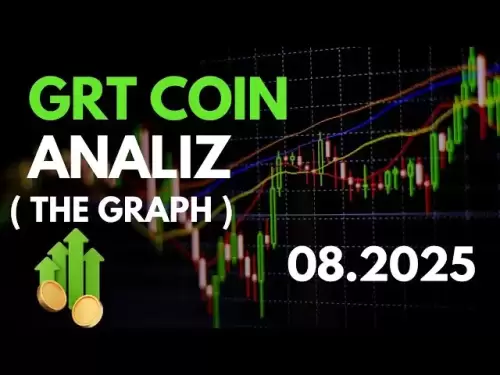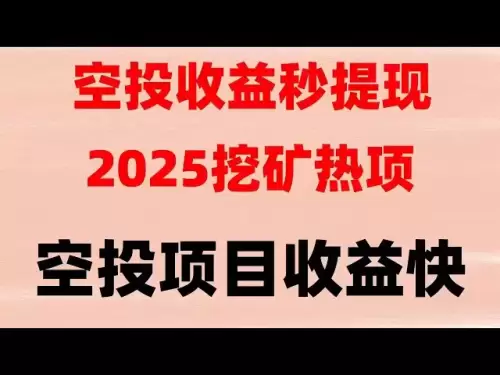-
 Bitcoin
Bitcoin $120500
1.76% -
 Ethereum
Ethereum $4193
-0.48% -
 XRP
XRP $3.234
1.03% -
 Tether USDt
Tether USDt $0.0000
-0.02% -
 BNB
BNB $798.6
-0.32% -
 Solana
Solana $179.3
-0.68% -
 USDC
USDC $0.9999
0.00% -
 Dogecoin
Dogecoin $0.2289
-1.49% -
 TRON
TRON $0.3405
-0.02% -
 Cardano
Cardano $0.7935
-0.01% -
 Hyperliquid
Hyperliquid $45.02
2.78% -
 Chainlink
Chainlink $21.44
-1.58% -
 Stellar
Stellar $0.4458
1.47% -
 Sui
Sui $3.756
-1.70% -
 Bitcoin Cash
Bitcoin Cash $590.0
3.98% -
 Hedera
Hedera $0.2543
-1.15% -
 Ethena USDe
Ethena USDe $1.001
-0.02% -
 Avalanche
Avalanche $23.48
-0.60% -
 Litecoin
Litecoin $127.5
4.38% -
 Toncoin
Toncoin $3.313
-0.65% -
 UNUS SED LEO
UNUS SED LEO $9.006
0.51% -
 Shiba Inu
Shiba Inu $0.00001322
-1.23% -
 Uniswap
Uniswap $10.69
0.49% -
 Polkadot
Polkadot $3.951
-1.48% -
 Dai
Dai $1.000
-0.01% -
 Cronos
Cronos $0.1650
2.94% -
 Ethena
Ethena $0.7955
6.47% -
 Bitget Token
Bitget Token $4.424
-0.39% -
 Monero
Monero $268.1
-1.22% -
 Pepe
Pepe $0.00001168
-2.62%
Practical application of price behavior trading strategies
By scrutinizing chart patterns, traders can identify potential market trends, support and resistance levels, and gauge market sentiment to make informed trading decisions.
Feb 25, 2025 at 12:49 am
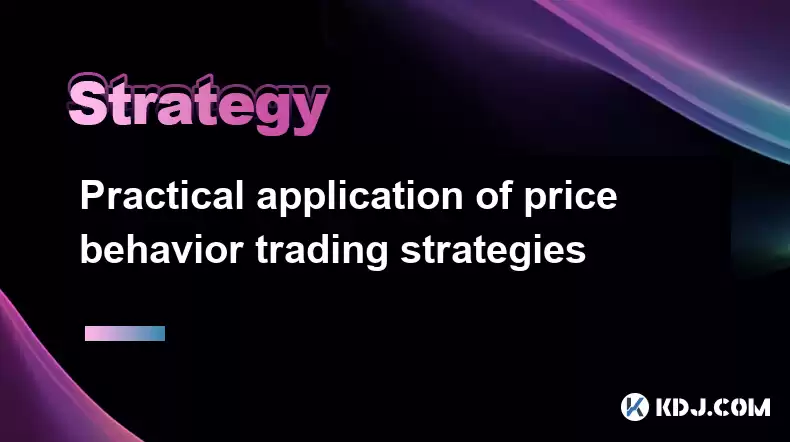
Key Points:
- Understanding Price Behavior
- Identifying Market Trend
- Developing Trading Strategies
- Evaluating Market Volatility
- Adjusting Strategies to Market Conditions
- Risk Management in Price Behavior Trading
- Top Price Behavior Trading Indicators
- Practical Examples of Strategy Application
Understanding Price Behavior
Price behavior analysis is a fundamental aspect of cryptocurrency trading. It involves studying historical price movements to understand market dynamics and predict future trends. By observing price fluctuations, traders can identify patterns, support and resistance levels, and market sentiment.
- Candlesticks: Candlesticks are graphical representations of price movements over a specific time interval. They provide visual cues about market trends, volatility, and momentum.
- Chart Patterns: Chart patterns are recurring formations in price charts that can indicate potential future price movements. Common chart patterns include trend lines, triangles, flags, and head and shoulders.
- Moving Averages: Moving averages smooth out price fluctuations and provide insights into market trend and potential trend reversals. They can help traders identify potential entry and exit points.
Identifying Market Trends
Determining the prevailing market trend is crucial for effective trading. Trends can be classified as uptrends, downtrends, or sideways trends.
- Uptrends: Uptrends indicate a sustained increase in prices. They are characterized by higher highs and higher lows. Traders may consider buying during uptrends and selling when the trend reverses.
- Downtrends: Downtrends indicate a prolonged decline in prices. They exhibit lower highs and lower lows. Traders may consider selling during downtrends and buying when the trend changes direction.
- Sideways Trends: Sideways trends occur when prices fluctuate within a relatively narrow range, without forming a clear upward or downward trend. Traders may consider scalping or range trading strategies in sideways markets.
Developing Trading Strategies
Based on market understanding, traders can formulate trading strategies tailored to their risk tolerance and market conditions.
- Trend Trading: Trend trading involves buying in uptrends and selling in downtrends. It attempts to profit from the momentum of price movements.
- Range Trading: Range trading involves buying near the bottom of a range and selling near the top. It exploits price fluctuations within a defined range.
- Event Trading: Event trading involves speculating on the market impact of significant events, such as news announcements, economic data releases, or industry developments.
Evaluating Market Volatility
Market volatility measures the extent of price fluctuations. It is an important factor to consider when making trading decisions.
- High Volatility: High volatility markets can offer significant profit potential but also increase risk. Traders may consider short-term trading strategies or hedging techniques to manage volatility.
- Low Volatility: Low volatility markets provide more stable conditions. Traders may focus on long-term investments or consider value investing strategies.
Adjusting Strategies to Market Conditions
Trading strategies need to be adapted to changing market conditions to maximize profitability.
- Changing Trend: If a trend changes direction, traders need to revise their strategies accordingly. For example, they may switch to trend trading in an uptrend and range trading in a sideways market.
- Increasing Volatility: Increasing volatility can require reducing leverage or employing hedging strategies. It can also create opportunities for short-term traders.
- Changing Market Outlook: Changes in economic conditions or market sentiment may affect the overall market outlook. Traders need to adjust their strategies based on their updated forecasts.
Risk Management in Price Behavior Trading
Risk management is essential to preserve capital and enhance profitability.
- Setting Stop-Loss Orders: Placing stop-loss orders limits potential losses by automatically closing trades when prices reach a predetermined level.
- Position Sizing: Proper position sizing ensures that trades do not exceed a predefined risk allocation. It helps control potential losses and volatility impact.
- Hedging: Hedging involves using financial instruments to offset or reduce the risk associated with existing positions. It can help stabilize returns during volatile market conditions.
Top Price Behavior Trading Indicators
Technical indicators can provide additional insights into price behavior and support trading decisions.
- Relative Strength Index (RSI): RSI measures market momentum by analyzing the magnitude of recent gains and losses. It can indicate overbought or oversold conditions.
- Stochastic Oscillator: The Stochastic Oscillator measures the price position relative to its recent range. It can help identify potential trend reversals.
- Bollinger Bands: Bollinger Bands create bands around a moving average to measure volatility. They can indicate potential breakouts and overbought/oversold conditions.
Practical Examples of Strategy Application
- Trend Trading Example: In an uptrend, a trader may buy when the price crosses above a moving average and sell when the price crosses below it.
- Range Trading Example: A trader may buy near the bottom of a well-defined range and sell near the top of the range.
- Event Trading Example: A trader may anticipate a positive event and buy before the event and sell after the event has occurred.
FAQs:
- What is price behavior trading?
Price behavior trading involves using historical price movements to identify trends and potential trading opportunities. - How do you identify market trends?
Market trends can be identified by analyzing price movements, chart patterns, and moving averages. - What are the different types of trading strategies?
Common trading strategies include trend trading, range trading, and event trading. - How do you adjust trading strategies to market conditions?
Strategies should be adjusted based on changes in trend, volatility, and market outlook. - How can you manage risk in price behavior trading?
Risk management techniques include setting stop-loss orders, position sizing, and hedging.
Disclaimer:info@kdj.com
The information provided is not trading advice. kdj.com does not assume any responsibility for any investments made based on the information provided in this article. Cryptocurrencies are highly volatile and it is highly recommended that you invest with caution after thorough research!
If you believe that the content used on this website infringes your copyright, please contact us immediately (info@kdj.com) and we will delete it promptly.
- Shiba Inu's Comeback Trail and the Meme Coin Mania: Can $SHIB Deliver a 12,000x Return?
- 2025-08-11 18:30:11
- Proof of Trust, Transparency, and User Safety: Keeping Crypto Real
- 2025-08-11 18:50:12
- Pudgy Penguins, Bitcoin Penguins, and the $22M Meme Coin Mania: A New York Perspective
- 2025-08-11 17:10:11
- Bitcoin L2 Heats Up: SatLayer (SLAY) Lists on KuCoin Amidst Layer-2 Boom
- 2025-08-11 16:50:12
- Ethereum, Coin Market Cap, and Solfart Token: A Wild Ride in the Crypto Universe
- 2025-08-11 17:50:12
- Riding the ETH Wave: GoldenMining's ETH Contracts and the Price Surge
- 2025-08-11 17:55:12
Related knowledge

How to use stop-loss orders to limit potential losses?
Aug 08,2025 at 02:01pm
Understanding Stop-Loss Orders in Cryptocurrency TradingA stop-loss order is a risk management tool used by traders to automatically sell a cryptocurr...
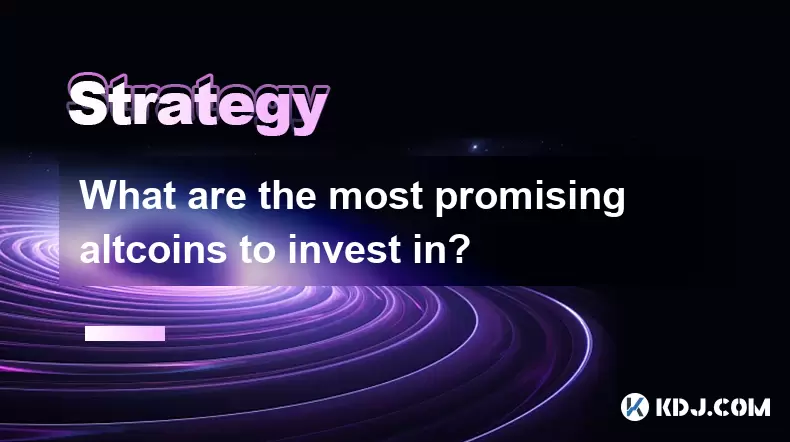
What are the most promising altcoins to invest in?
Aug 10,2025 at 11:42am
Understanding the Role of Private Keys in Cryptocurrency WalletsIn the world of cryptocurrency, private keys are the cornerstone of ownership and cont...

How to read cryptocurrency charts and use technical analysis?
Aug 08,2025 at 11:08am
Understanding the Basics of Cryptocurrency ChartsCryptocurrency charts are graphical representations of price movements over time. These charts are es...
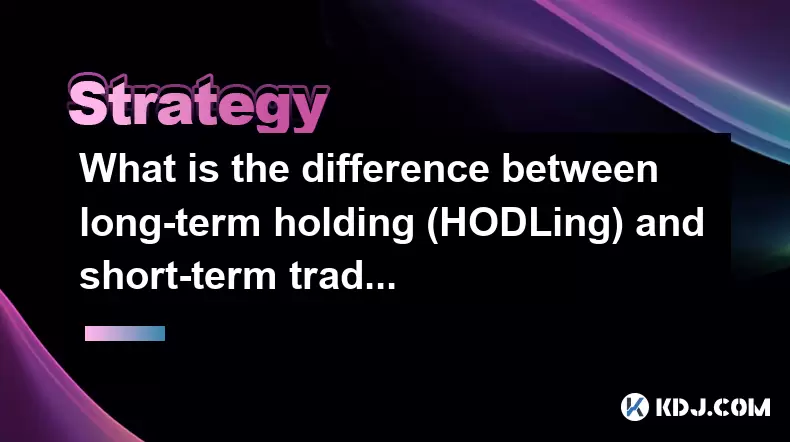
What is the difference between long-term holding (HODLing) and short-term trading?
Aug 10,2025 at 05:30pm
Understanding HODLing in the Cryptocurrency SpaceThe term HODL originated from a typo in a 2013 Bitcoin forum post and has since become a widely accep...

How to do your own research (DYOR) before investing in a crypto project?
Aug 08,2025 at 09:07pm
Understanding the Core Principles of DYOR in CryptocurrencyEngaging in due diligence before investing in any cryptocurrency project is essential to mi...
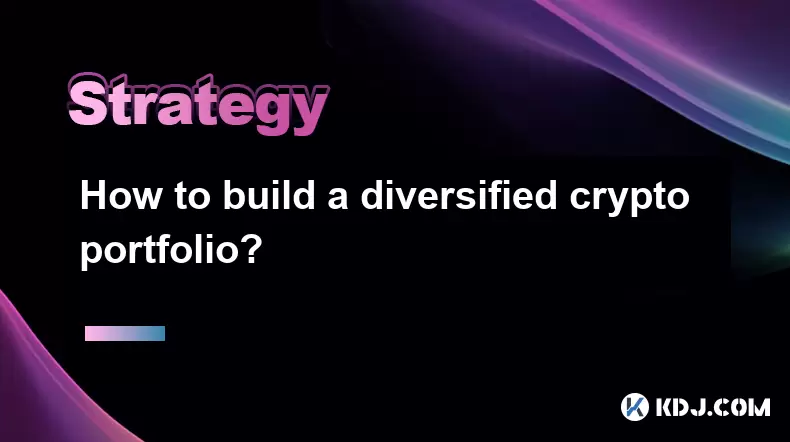
How to build a diversified crypto portfolio?
Aug 09,2025 at 12:21pm
Understanding the Importance of Diversification in CryptoDiversification in the cryptocurrency space is a strategy used to reduce risk by spreading in...

How to use stop-loss orders to limit potential losses?
Aug 08,2025 at 02:01pm
Understanding Stop-Loss Orders in Cryptocurrency TradingA stop-loss order is a risk management tool used by traders to automatically sell a cryptocurr...

What are the most promising altcoins to invest in?
Aug 10,2025 at 11:42am
Understanding the Role of Private Keys in Cryptocurrency WalletsIn the world of cryptocurrency, private keys are the cornerstone of ownership and cont...

How to read cryptocurrency charts and use technical analysis?
Aug 08,2025 at 11:08am
Understanding the Basics of Cryptocurrency ChartsCryptocurrency charts are graphical representations of price movements over time. These charts are es...

What is the difference between long-term holding (HODLing) and short-term trading?
Aug 10,2025 at 05:30pm
Understanding HODLing in the Cryptocurrency SpaceThe term HODL originated from a typo in a 2013 Bitcoin forum post and has since become a widely accep...

How to do your own research (DYOR) before investing in a crypto project?
Aug 08,2025 at 09:07pm
Understanding the Core Principles of DYOR in CryptocurrencyEngaging in due diligence before investing in any cryptocurrency project is essential to mi...

How to build a diversified crypto portfolio?
Aug 09,2025 at 12:21pm
Understanding the Importance of Diversification in CryptoDiversification in the cryptocurrency space is a strategy used to reduce risk by spreading in...
See all articles





















